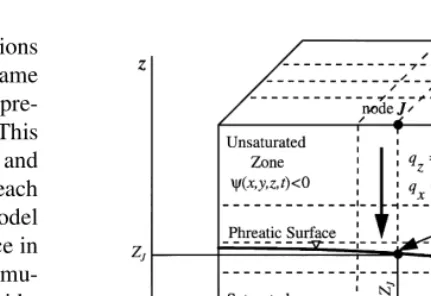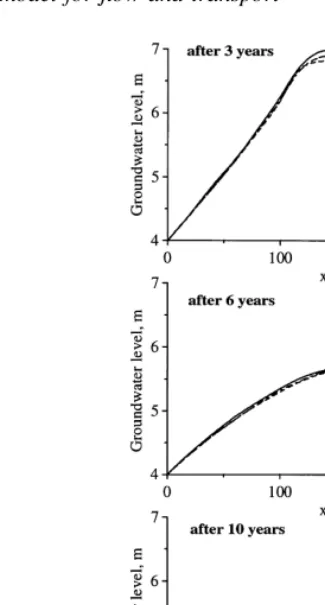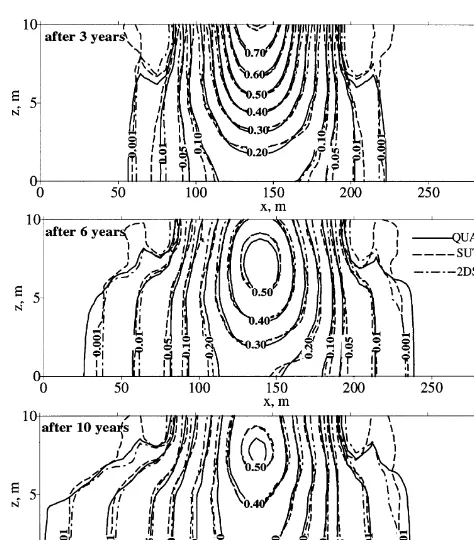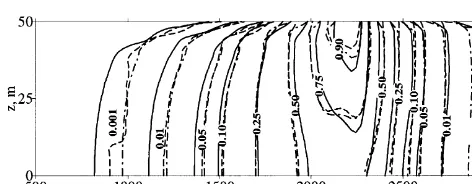Directory UMM :Data Elmu:jurnal:A:Advances In Water Resources:Vol21.Issue8.1998:
Teks penuh
Gambar




Dokumen terkait
In this work, we seek to compare the current model predictions for three-phase relative permeabilities in weakly wetted mixed-wet and fractionally wet systems on: (i) the possible
Theoretically, the speed-up for parallel computation increases one time per additional processor if the same iteration method is employed for solving algebraic equations in both
This example was used to test the accuracy and ro- bustness of the HLTFEM for simulating transport in a two-dimensional aquifer under one-dimensional con- stant groundwater
The fact that dependent variables of groundwater models are generally nonlinear functions of model parameters is shown to be a potentially signi®cant factor in calculating
To test the method, it was applied to several X-ray CT data sets of two-phase systems with known volume fractions and varying a -ranges, including a system with only about one
solution derived in this work for a point source geometry with constant solute mass release rate is equivalent to the one-dimensional analytical solution for virus transport
In this article we consider the transport of an adsorbing solute in a two-region model of a chemically and mechanically heterogeneous porous medium when the condition of
Six such areas are: (1) ANN was not used to simulate concentration as a function of space and time, which provides important break- through data; (2) no effective strategy for
